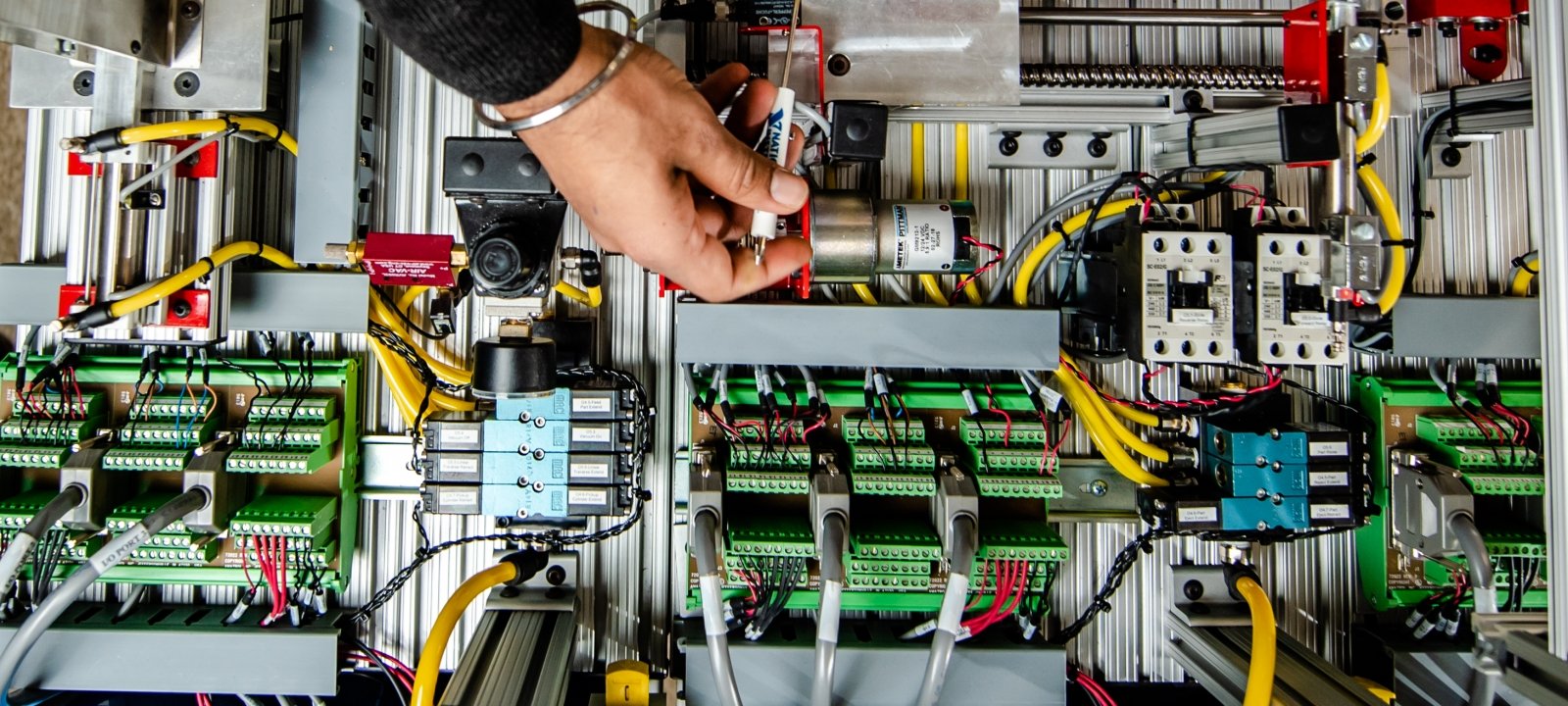Types of synchronous generators:
- Synchronous generators with carbon brushes.
- Synchronous generators without carbon brushes and divided into:
- Self-feeding synchronous generators equipped with AVR voltage regulator.
- Synchronous generators with separate feeding equipped with AVR voltage regulator.
First, synchronous generators with carbon brushes:
In this type, we find that the alternating current coils are fixed to the rotor and the field coils are fixed to the stator In this type of generator, we find that its capacity is less than 20 KVA, and the output current is transferred from the generator by means of three current transformers. CTS and Chock coils that compensate for the change in load and power factor.
- Slip Rings
- Brushes
- Rotor
- Stator
- Current transformer.
- Coils .
- Rectifier Voltage .
Slip rings: These carry alternating current to and from the motor.
Brushes: They are connected to slip rings and transfer current to and from the electrical circuit.
Self-powered alternator:
It consists of a main synchronous generator whose rotor member carries the coils of the main field 2, and the stator carries the coils of three-phase alternating current 1, and an Exiter light generator is installed on the same shaft, which is a small generator that feeds the coils of the main field of the main generator, the light generator is generated from a member Rotor carrying three-sided AC coils 4, and a stator carrying coilsThe field of the light generator is 5, and the output of the three-phase light generator is unified by six unifiers that are installed on the rotating shaft 3, and the field voltage of the light generator is controlled by the voltage regulator 6, and it is adjusted to the required voltage by a variable resistor 8.








0 Comments